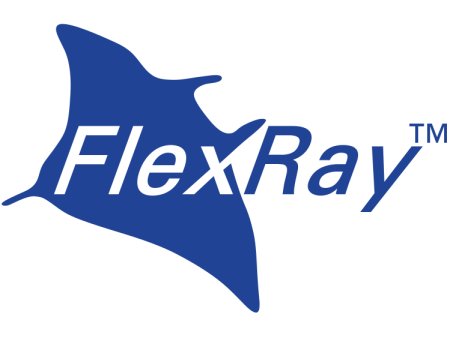|
|
FlexRay 1

| Flexibility and elegance of a Ray |
It would be an advantage to be familiar e.g., with the CAN-Bus, or to read more about it here and on the following pages. However, you can catch up here if need be, at any time ...
| Event-induced communication utilizes the transmission channel better. |
Basically, FlexRay is up to 20 times faster than CAN-Bus, indeed, this is not the most important difference. It is a Bus, but built up more star-shaped, thus it fits in with the way that the cables are laid in a motor vehicle,
e.g., if all the consumers are bundled into a star-shaped FlexRay in one of the front doors.
A typical feature of FlexRay, is the central coupling within the star, which then takes over the connecting of it's individual consumers with the rest of the network, thus providing and maintaining a relatively high transfer
rate.
This is however, still not the deciding factor for introducing this, in relation to the others, young system. The reason for this is a weakness, namely, that a guarantee of a transfer in a certain time (real-time) cannot be
given to all the consumers.
| Latency-time: Time from beginning of transmission - end of reception |
However, because the amount safety-relevant data has increased and will carry on increasing, a system is necessary, that will guarantee the (latency-) time of some transmissions. Whereas with CAN, the number of
priorised consumers can vary depending on the number of consumers and the amount of data-traffic, with FlexRay it is fixed.
You'll easily realise, that to achieve this state, instead of the usual priority for messages with CAN, fixed times must be available for certain consumers on the Bus. Indeed, it can of course occur, that such a priorised
consumer doesn't totally exploit it's capacities. This then, is the disadvantage of time-controlled system.
To come to terms with this disadvantage, apart from the static time-controlled-, there is also a dynamic segment, which provides a more effective use. One further argument in favour of the FlexRay system: It uses the
two channels better, allows e.g., an asynchronous data transfer. Thus, also the 20 Mbit/s transmission-rate comes about, when in fact, it is only 10 Mbit/s per channel. 02/14
|
|